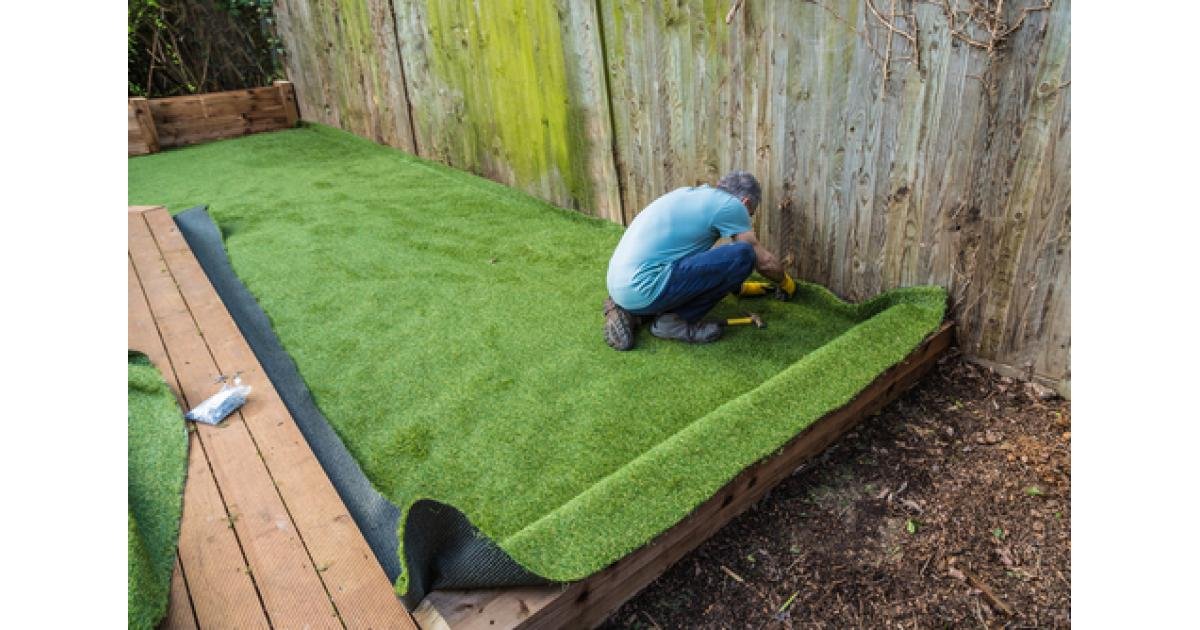How to
How to Lay Artificial Grass: A Comprehensive Guide

Laying artificial grass can transform your garden, balcony, or outdoor area into a lush, green oasis with minimal maintenance compared to natural lawns. This informative article will guide you through the process, ensuring you can enjoy a beautiful and durable artificial lawn for years to come.
Understanding the Benefits of Artificial Grass
Before diving into the installation process, it’s essential to appreciate the benefits of artificial grass. Unlike natural turf, artificial grass requires no watering, mowing, or fertilizing, making it an eco-friendly and low-maintenance alternative. It’s perfect for areas where natural grass struggles to grow or for homeowners seeking a green space without the upkeep. Additionally, modern artificial grasses are highly realistic, safe for pets and children, and durable enough to withstand heavy foot traffic.
Preparing the Site
The first step in laying artificial grass is site preparation. This stage is crucial for ensuring the longevity and appearance of your lawn. Begin by removing any existing grass, weeds, or debris. This might involve using a sod cutter or a spade to clear the area thoroughly. Next, ensure the ground is level; you may need to add or remove soil to achieve this. Compacting the soil with a vibrating plate compactor creates a stable base, preventing future settling or unevenness.
Creating a Solid Foundation
After leveling the site, it’s time to lay the foundation. A layer of crushed rock or gravel is recommended for drainage, followed by a layer of fine sand to create a smooth, level surface. Each layer should be compacted to ensure a firm base. The thickness of these layers can vary depending on the manufacturer’s recommendations and the intended use of the area, but generally, a total depth of 2 to 3 inches is adequate.
Installing a Weed Barrier
To prevent weeds from growing through your artificial grass, installing a weed barrier is essential. This layer, typically made from a geotextile fabric, allows water to drain through while blocking sunlight and preventing weed growth. Ensure the fabric covers the entire area and overlaps at the seams to provide comprehensive coverage.
Laying the Artificial Grass
With the foundation in place, you’re ready to lay the artificial grass. Roll out the turf, ensuring it covers the entire area with a little excess at the edges. It’s important to let the grass “rest” for a few hours to eliminate any creases or wrinkles. If your area is wider than the grass roll, you’ll need to join multiple pieces. Use a specialized adhesive and seam tape to bond the edges, taking care to align the fibers for a seamless appearance.
Securing and Shaping the Edges
Securing the edges of your artificial grass is vital for a polished look and to prevent lifting or shifting. You can use landscape edging materials, such as metal or plastic borders, or secure the perimeter with nails or U-pins. When trimming the excess grass, use a sharp knife or scissors, and be meticulous to ensure a clean, precise edge that fits snugly against any borders or obstacles.
Adding Infill and Final Touches
Infill plays a crucial role in the appearance and functionality of your artificial lawn. It helps to keep the grass blades upright, adds weight to secure the turf, and can provide additional drainage. The type of infill can vary, from silica sand to rubber granules, depending on your preferences and the grass’s intended use. Spread the infill evenly across the surface and use a stiff brush or a power broom to work it into the base of the grass, giving your lawn a lush, natural look.
Maintenance and Care
One of the appeals of artificial grass is its low maintenance, but some care is still required to keep it looking its best. Regular brushing will help maintain the upright position of the blades and prevent matting. Remove leaves and debris promptly to avoid any buildup, and rinse the turf occasionally to keep it clean. For minor repairs, such as fixing small tears or reattaching loose edges, most issues can be addressed with the same adhesives used during installation.
Conclusion
Laying artificial grass is a rewarding project that can dramatically enhance your outdoor space with a verdant, low-maintenance lawn. By following these detailed steps—from site preparation and foundation building to laying the turf and adding finishing touches—you can ensure a successful installation. With proper care, your artificial grass will provide a beautiful, durable surface for relaxation and play, embodying the perfect blend of practicality and aesthetic appeal. Whether for a small urban balcony or a sprawling backyard, artificial grass offers a sustainable, attractive solution for nearly any landscape.
FAQs on How to Lay Artificial Grass
1. Do I need professional help to lay artificial grass?
While professional installation ensures optimal results, many homeowners successfully lay artificial grass as a DIY project. It requires careful planning, precise execution, and adherence to the steps outlined in installation guides.
2. Can I lay artificial grass on any surface?
Artificial grass can be laid on various surfaces, including soil, concrete, and decking. However, the preparation and installation process may vary depending on the surface. Proper drainage and a stable base are crucial for all installations.
3. How long does artificial grass last?
High-quality artificial grass can last between 15 to 20 years, depending on factors such as foot traffic, maintenance, and exposure to the elements. Choosing a reputable brand and following proper installation procedures can extend its lifespan.


















